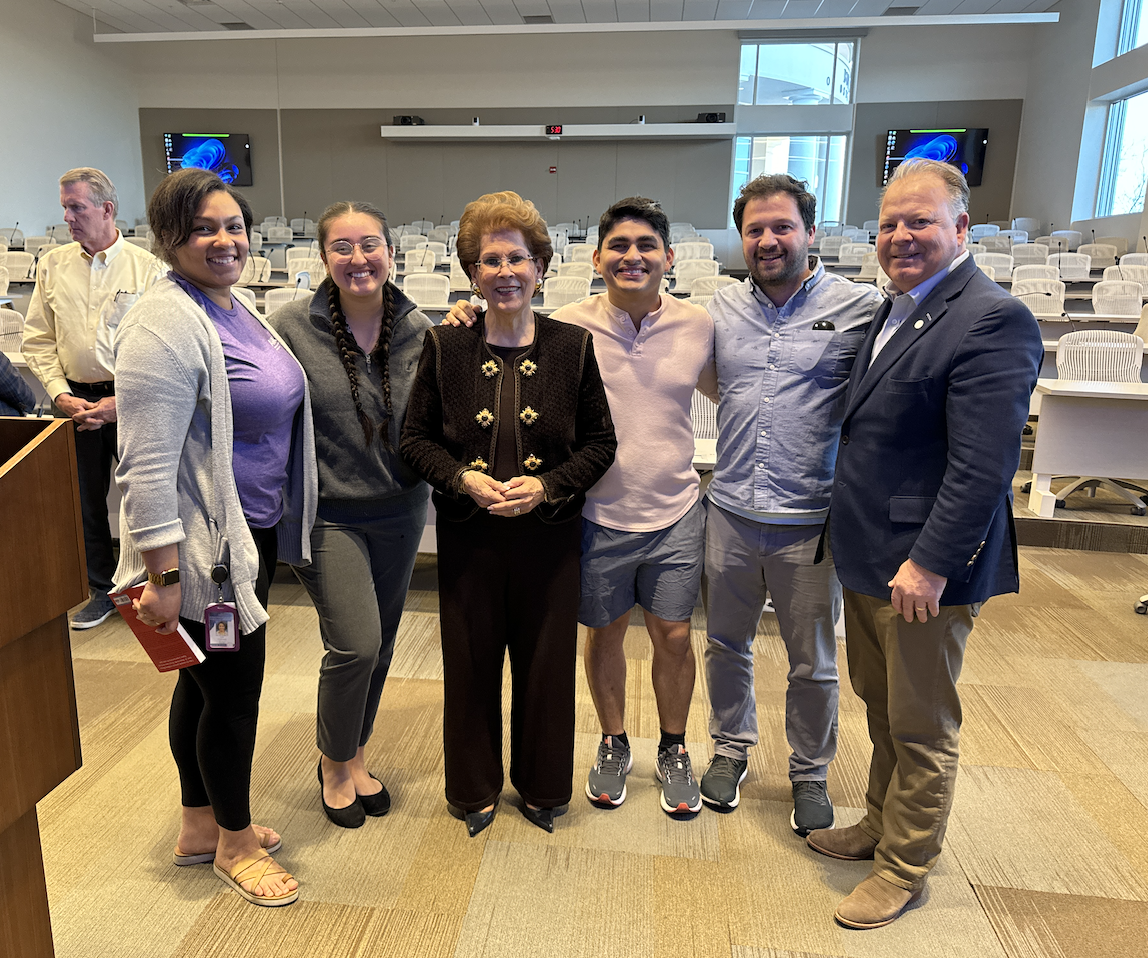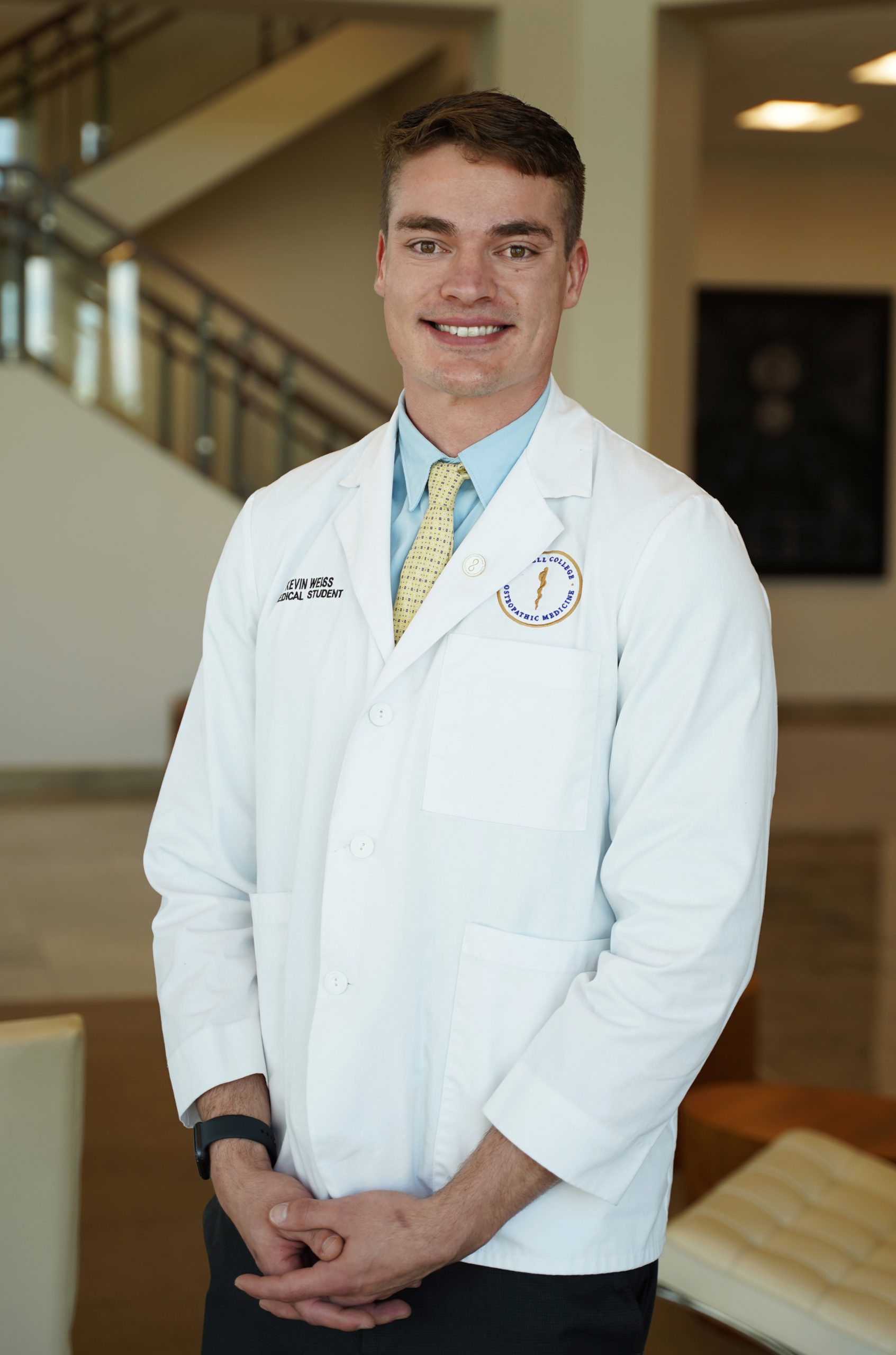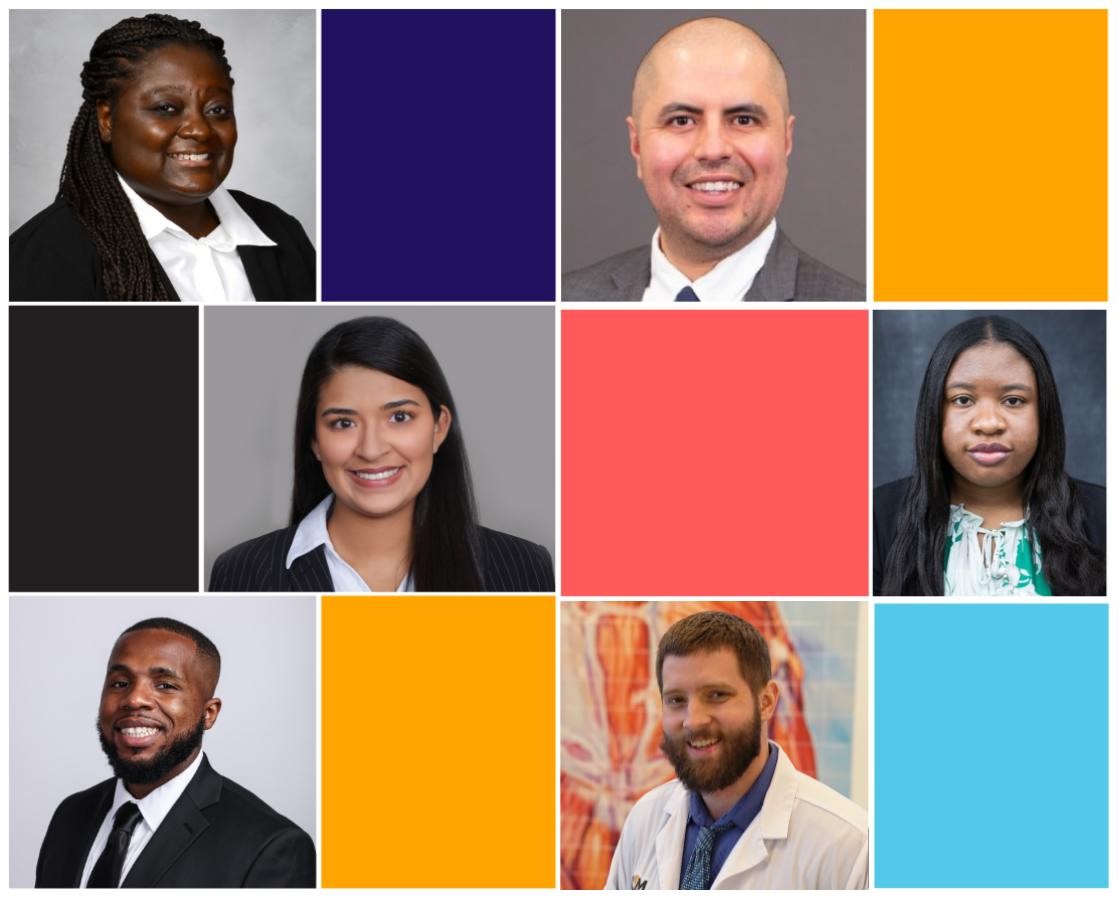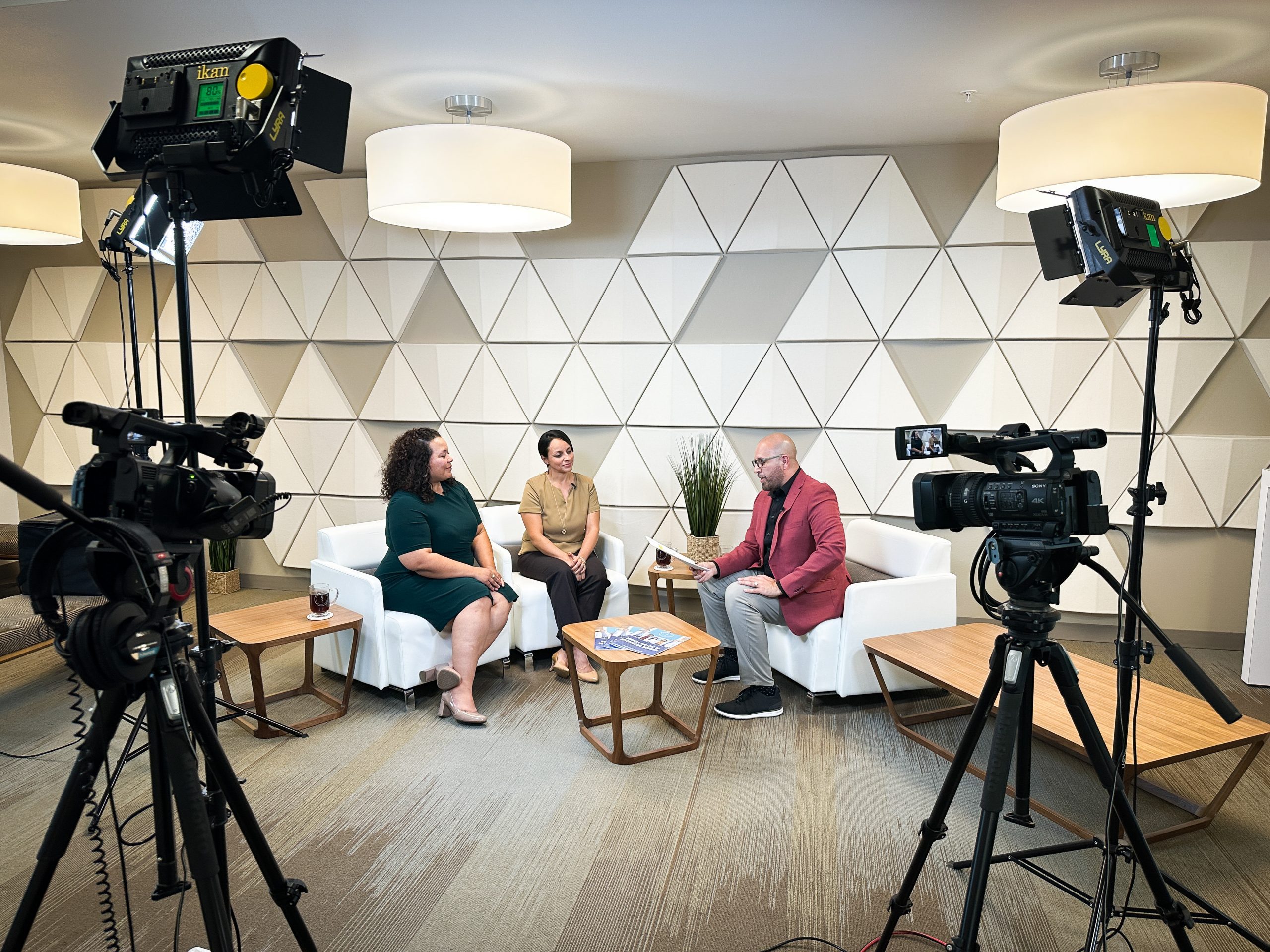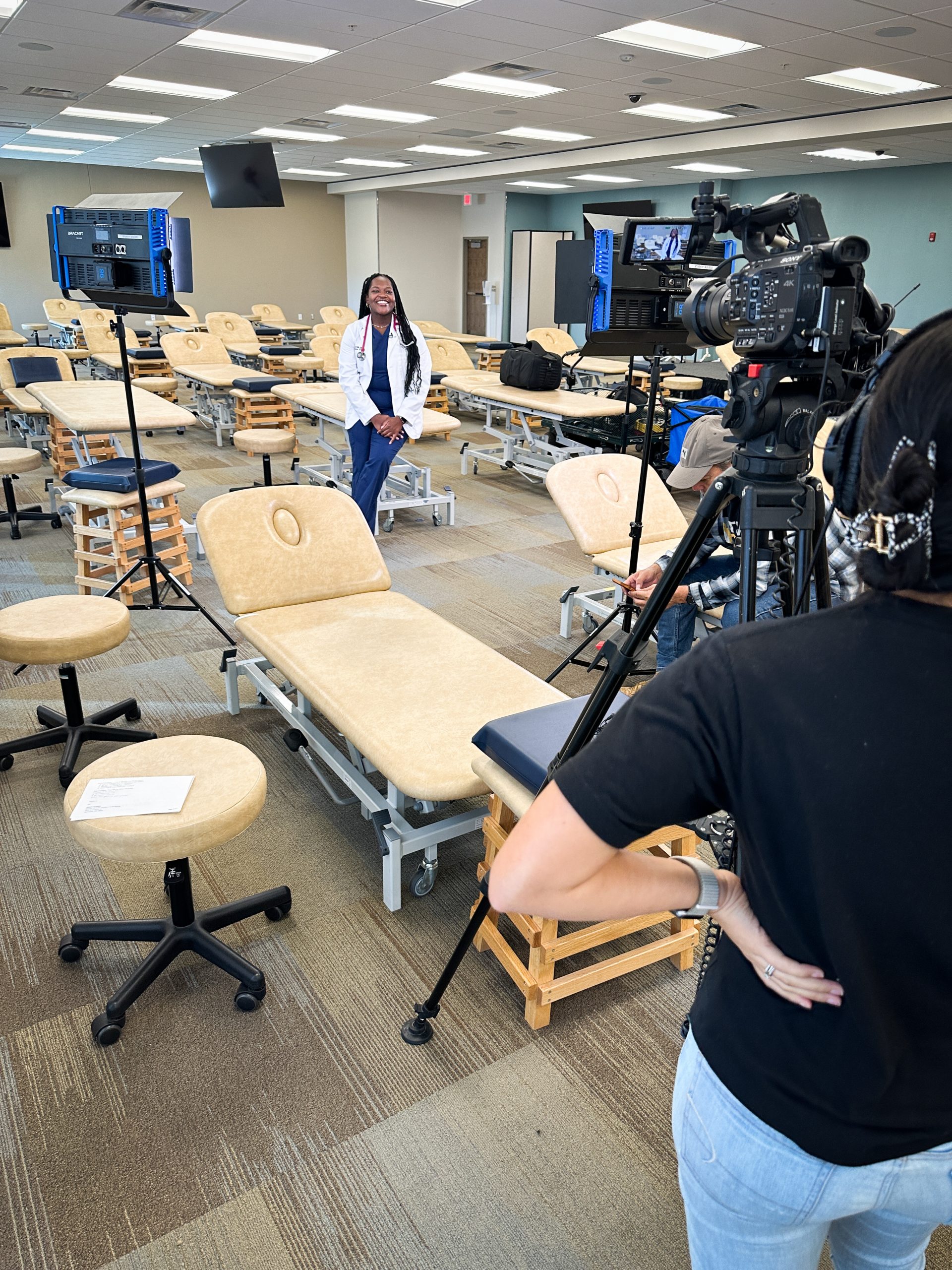
Since opening its doors in August 2016, the Burrell College of Osteopathic Medicine (BCOM) has welcomed over 480 medical students between the three classes. The curriculum for the first two years takes place in the classroom and focuses on biomedical science coursework, osteopathic manipulative techniques, and medical ethics. The students practice their skills on standardized patients, healthy individuals who have volunteered to act out specific ailments.
By year three, the future physicians are ready to put all they have learned into practice by working with actual patients. Over 500 licensed physicians from all over the region are currently serving as clinical preceptors. These are the instructors who guide and mentor the medical students through their clinical clerkship rotations. The 160 students in the inaugural class of 2020 are currently completing their clinical clerkships at hospitals and health clinics in one of the five regional hubs BCOM has established throughout the Southwest. Students are assigned to work in either Las Cruces, El Paso, Albuquerque/Northern New Mexico, Eastern New Mexico, or Tucson.
In July 2018, the third years reported to campus for a two-week Introduction to the Clinical Experience course. They then had a week to relocate to their hubs before beginning their rotations on July 30. The clinical clerkship experience is designed to give the students a broad taste of the medical field so they can better determine what specialty they would like to enter into after graduation.
“The third year students go through nine core rotations,” explained Clerkship Coordinator Wendy Zuniga. “They complete two rotations each in internal medicine, family medicine, and surgery. They also do one rotation each in obstetrics/gynecology, psychiatry, and pediatrics.”
Rotations last four weeks and students must take a Comprehensive Osteopathic Medical Achievement Test (COMAT) at the end of each rotation. Throughout the year, they return to the main campus twice to participate in workshops and they must take an elective. “This is a rotation students can take in any state with any credentialed preceptor in any specialty,” Zuniga said.
Medical student Luis Reyes is assigned to the El Paso hub. He has already completed his rotations in obstetrics/gynecology and pediatrics and is now working in internal medicine. “My experiences so far have been very positive. The preceptors I have worked with have been very helpful in teaching me not only the clinical knowledge, but also great bedside manners,” Reyes said. “Each rotation has been memorable. I have clinically followed couples through the last few weeks of pregnancy and was present during the birth of their baby. I have been present when a couple was told their baby, who they were so eager to see in the sonogram, no longer had a heartbeat. I was able to earn the trust of a depressed teenager that told me all about his problems. I have seen patients hooked up to numerous machines walk out of the hospital smiling a few days later. These kind of experiences, whether they are happy or sad, are what make the medical field so special.”
Another student, Anjali Kakkar, has completed a rotation at the Pueblo of Isleta Health Center just south of Albuquerque. She noted that being in a rural setting gave her the opportunity to see and treat a number of different medical conditions. “We saw so many different types of patients at Isleta; the rotation was incredibly well rounded in terms of what conditions I got to see,” she said. “The doctors don’t refer patients to specialists as often and are in some cases more involved in the patient’s overall healthcare. On the Native American reservation, patients may not be able to drive up to Albuquerque, so they rely more on their primary care doctors.”
Medical student Robyn Marks had a similar experience working in Las Vegas, New Mexico where the small town setting afforded her opportunities to work with surgeons and emergency room physicians, as well as get involved in the treatment of Hepatitis B, mental health, and addiction patients (Read more about her story at: A Day in the Life of a Third Year Medical Student).
The BCOM students all said they felt well prepared for their clerkship experiences, but that the hands-on experience in a real world setting is invaluable. “It’s a whole different monster than being in the classroom,” noted student Carlos Yeelot who is working in El Paso. “You can learn a lot from books and lectures, but in the clinical setting you have to use different skills and intuitions, and it’s all very fast paced.”

Kakkar added, “We learn about all these different diseases and study their mechanisms and take tests on them, but to me, it didn’t really seem real until I got to see a patient in clinic and actually diagnose a problem I studied about.”
The preceptors have also been impressed by the work the medical students are doing. Zuniga said the students’ evaluations have been overwhelmingly positive. El Paso physician Oscar Aguilar, MD, who is currently precepting Carlos Yeelot, said he’s been training MD medical students for years and he noticed that the osteopathic students from BCOM tend to be more hands-on and have a better understanding of the musculoskeletal system.
Dr. Aguilar said, “Carlos has a passion for healthcare and for science. He enjoys talking to people and seeing patients and I think they enjoy seeing him. I’ve worked with six or seven medical schools across the country, and so far, with the students I’ve met from the Burrell College, I’ve been very impressed with the quality and the level of care they provide.”

